-
About
- About Listly
- Community & Support
- Howto
- Chrome Extension
- Bookmarklet
- WordPress Plugin
- Listly Premium
- Privacy
- Terms
- DMCA Copyright
- © 2010-2025 Boomy Labs

 Zoe Badcock
Zoe Badcock
Listly by Zoe Badcock
News stories on biogeochemical cycles, especially the carbon and nitrogen cycles for ESS.

Planet Earth has boundaries for its biophysical subsystems. By 2009, we had already exceeded three of the boundaries - climate change, biodiversity loss, and the nitrogen cycle. Climate change is a top-of-mind issue for governments and there has been a UN convention on biological diversity since 1993.
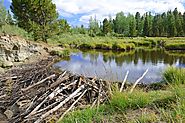
Already known as a keystone species, research shows that beavers in North America can also sink excess nitrogen in the watershed There are estimated to be around 30 million beavers across North America. As a keystone species, beavers create richer ecosystems around them.
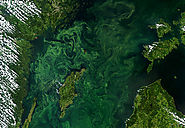
This story is part of a special series that explores the global water crisis. For more clean water news, photos, and information, visit National Geographic's Freshwater Web site. "Eagle!" The shout goes up as a great shadow sweeps over our boat.

LIKE California, much of Brazil is gripped by one of the worst droughts in its history. Huge reservoirs are bone dry and water has been rationed in São Paulo, a megacity of 20 million people; in Rio; and in many other places. Drought is usually thought of as a natural disaster beyond human control.
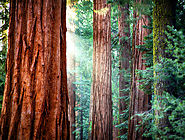
A team of researchers from the University of Melbourne has discovered that old trees are better at storing carbon dioxide than young trees. The study revealed that tree growth rates increase continuously with size, and that large older trees are capable of adding the carbon mass equivalent of an entire smaller tree each year.
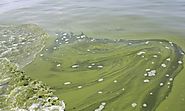
Related: Farming practices and climate change at root of Toledo water pollution Pollutants feeding the toxic algae blooms that have been turning parts of western Lake Erie green and contaminating drinking water in recent summers are not just coming from Ohio.

This year's low oxygen "dead zone" in the Gulf of Mexico along the Louisiana and Texas coast lines is likely to be "average" in size, but still as large as the state of Connecticut, according to a study by university and federal scientists, including researchers at Louisiana State University.
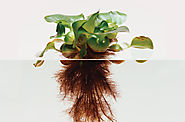
The scene at Florida's Crystal River National Wildlife Refuge in Kings Bay last October would have been familiar to anyone who has ever engaged in the battle to control the spread of invasive plants. Eager volunteers scurried about the shoreline of this manatee wintering ground, carting large plastic bins stuffed with water hyacinth, a notorious aquatic weed that's caused headaches on five continents.
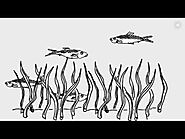
Why are the oceans becoming more acidic and how does that threaten biodiversity? Human activities produce excessive carbon dioxide and much of it is absorbed by the oceans, where it is converted to an acid. For more biodiversity tutorials, visit http://bit.ly/cas-khan.
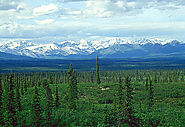
Scientists are becoming increasingly concerned about the fate of the huge boreal forest that spans from Scandinavia to northern Canada. Unprecedented warming in the region is jeopardizing the future of a critical ecosystem that makes up nearly a third of the earth's forest cover.
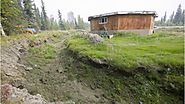
One of the world's leading experts on permafrost has told BBC News that the recent rate of warming of this frozen layer of earth is "unbelievable". Prof Vladimir Romanovsky said that he expected permafrost in parts of Alaska would start to thaw by 2070.
Alaska is arguably one of the most beautiful states, containing vast mountain ranges encircled by expansive boreal forests, with numerous streams, lakes, and rivers speckled throughout. This gorgeous piece of land also happens to contain one of North Americas largest predators, the brown bear or Ursus arctos.
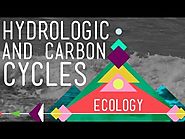
Hank introduces us to biogeochemical cycles by describing his two favorites: carbon and water. The hydrologic cycle describes how water moves on, above, and below the surface of the Earth, driven by energy supplied by the sun and wind. The carbon cycle does the same... for carbon!
